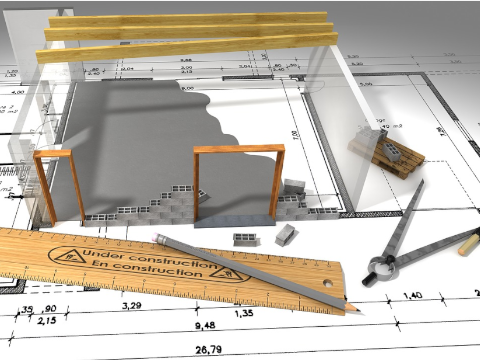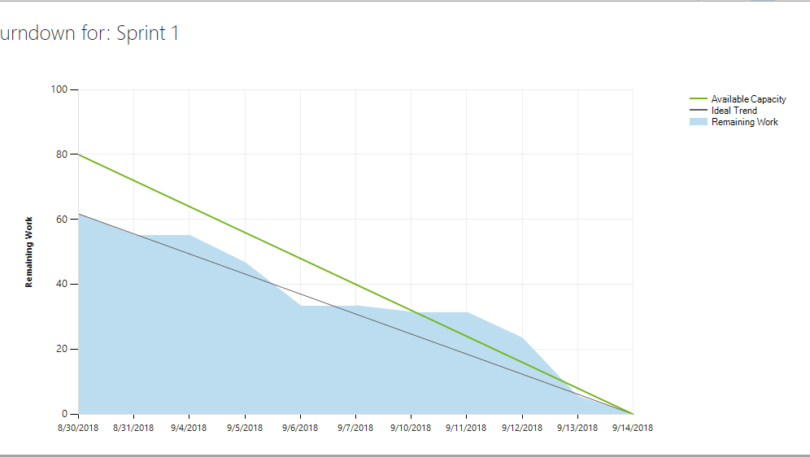The Software Development Plan is the planning document for the development of software and software support for a product. It provides an overview of software development, describes how the project is managed, how work is conducted, and how the development process is tailored to meet applicable standards, requirements, and objectives. This includes a description of […]
During the project planning phase, the two most important components are the product requirements and the architectural design. These components create a clear vision for how the product should be engineered. The goal of the architectural design specification (ADS) document is to define the platform software architecture and to provide an assessment of the impact […]
The purpose of a Quality Assurance Plan is to define the general approach taken to ensure quality throughout the product development process. It should cover all basic information concerning review, development, and planning for verification, validation, and proving the system can provide the level of support required by the product while minimizing the chance of failure. […]
After establishing sound requirements, as described in Part 4, utilize each requirement as part of your work breakdown structure (WBS). A WBS essentially breaks down each requirement, or deliverable, into easier-to-manage components in which enables the project manager to develop a schedule and budget for each piece. With a complete WBS, the project team can […]
The purpose of product / software requirements is to identify the true needs of the product and bring these requirements to life by engineering the software properly, the first time. Requirements are a best practice of quality software engineering and extremely vital to project success. Without an organized and concise format, a non-technical project champion […]
The purpose of a risk management plan is to provide assurance that all project risks are identified and analyzed, and options / solutions are presented to eliminate or reduce the effect of those risks. It allows project stakeholders to evaluate these risks and provides an opportunity to add or modify the risks identified and solutions […]
The purpose of a Master Project Plan (MPP) is to provide assurance that the product in development is engineered to industry standard regulations and to act as a guide for the development team, ultimately resulting in a successful and satisfactory implementation. To begin, consider the key elements needed to complete a project plan. Most MPPs […]
For nearly 40 years, PSI has served the Greater Philadelphia Area. This year, we were honored to make the Philadelphia Business Journal’s list of Largest Family-Owned Businesses. Ranked by number of employees, PSI is proud to fall on the 72nd position, among many other greatly respected family-owned and operated businesses in the area. On Thursday, October […]
Project planning is not only the first step in managing a new project, but a continual process. To successfully plan a project, there are 8 critical plans/processes that must be completed to ensure proper steps are executed during the project’s development phase. When questioning the value of project planning, consider the following questions: Does project […]
Embedded device development is difficult and expensive. Without the proper understanding of the technology involved, many embedded systems fail. At the start of a project, product managers and engineers are focused on getting their product to market as cheaply and quickly as possible, often overlooking engineering best practices. Unfortunately, cutting corners to maintain the project […]










